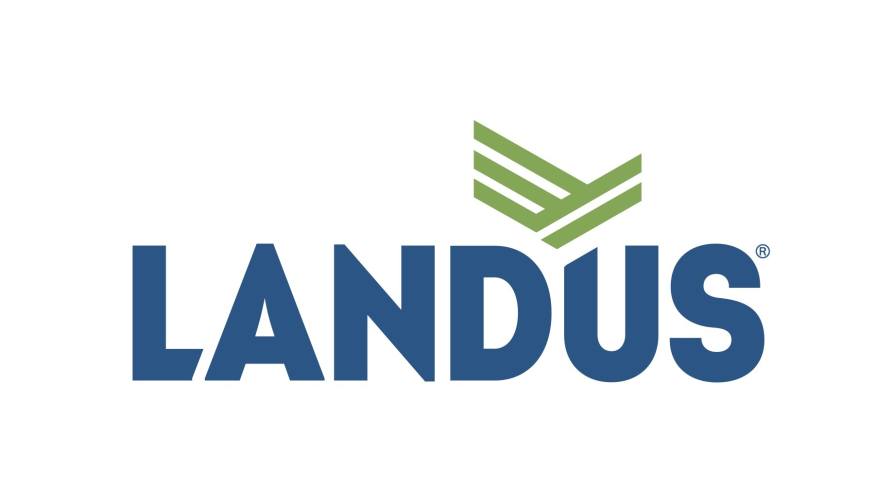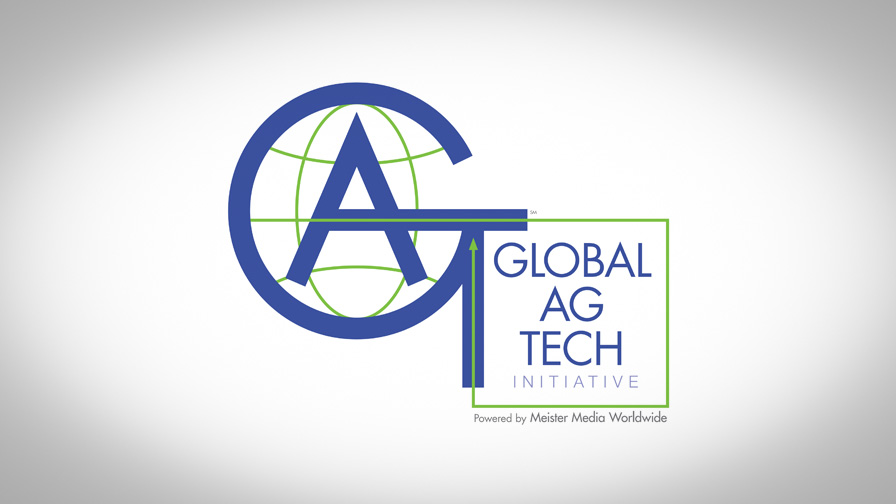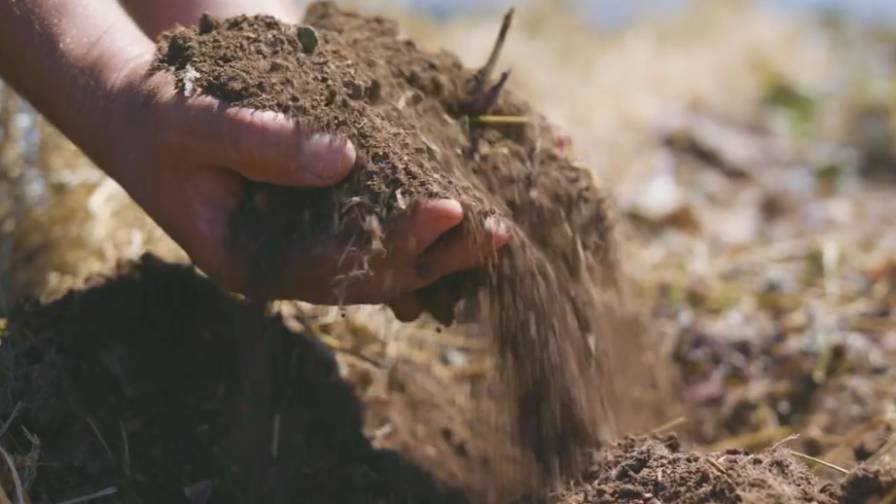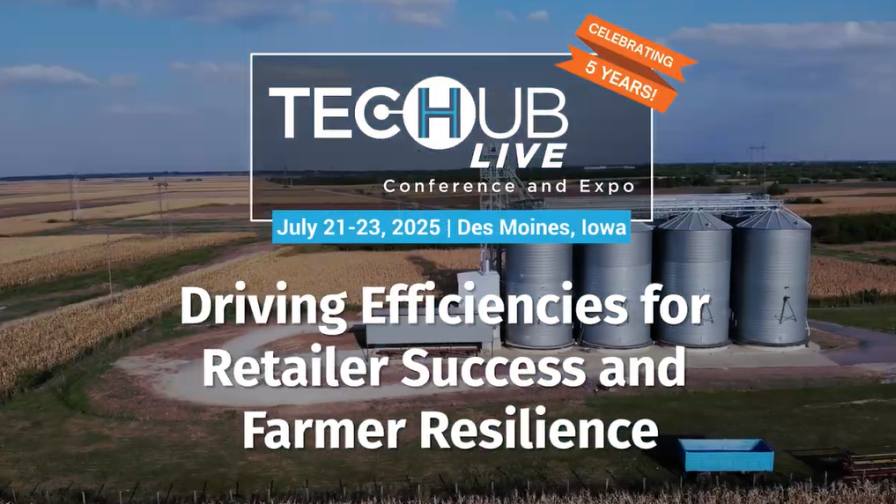How Ag Technologies Are Improving Cultivation and Coffee Quality
Have you ever thought what the second most popular drink in the world is? Sure, it’s coffee with its 2.25 billion cups consumed every day. Only water is more popular than coffee. Generally, coffee today is not just a drink. It’s a global phenomenon that supports the life routine of over 125 million people worldwide. The drink even has its organization under the auspices of the United Nations called the International Coffee Organization. They declare that over 10 million tons of coffee are produced annually, with Brazil, Vietnam, and Colombia leading the race.
But the horizon is not so cloudless. Climate changes pose significant threats to coffee’s future. Rising temperatures, unpredictable rainfall, and increased occurrences of droughts and floods impact coffee-growing regions, making it harder to cultivate coffee and potentially leading to decreased production.
That is the reason why the world must turn to crop analytics solutions for farmers to fight the challenges that arise year by year, maintain at least the same level of production, and minimize the coffee market volatility.
The Vital Role of Technology in Coffee Cultivation
Today, the way coffee is grown, processed, and delivered goes through a revolutionary process. That is no longer a simple manual business. From seed to harvest, modern agriculture solutions help optimize resources, increase productivity, and improve crop quality by adapting to new weather patterns and market demands.
MORE BY EOS DATA ANALYTICS
Cotton 2.0: Pioneering a Sustainable Future Through Smart Farming and Innovation
EOSDA Crop Monitoring Introduces New VRA Map Builder Feature for Precision Farming
Agriculture Monitoring
Agriculture monitoring is one of the solutions widely used by both coffee production giants and small local farmers. It includes a set of high-tech sensors and IoT devices to collect real-time data on soil moisture, temperature, and nutrient levels. In addition to ground-based tools, farmers receive data from above as well. Satellite platforms like EOSDA Crop Monitoring provide precise data analytics from satellites, assessing the vegetation indices like NDVI to track plant health. With this info, farmers can:
- Optimize irrigation schedules and save water
- Adjust fertilizer application to match crop needs
- Monitor soil health over time
Traceability and Blockchain
Traceability is becoming a massive argument in the coffee industry. The bean’s journey from farm to roaster is extremely important for producers and sellers. QR code tagging and blockchain systems help with that. This transparency:
- Builds consumer trust
- Helps combat fraud in coffee markets
- Maintains international sustainability and quality standards
How does it work? QR codes and blockchain work together by assigning each batch of coffee beans a unique digital identity. QR codes store this data, and blockchain records every translation along the supply chain. When scanned, the QR code reveals the farm location, harvest date, and processing methods to provide buyers with detailed and truthful information about the bean’s journey from farm to cup.
Automation and Cloud Platforms
Automation has become essential in many industries, including implementing various algorithms and Artificial Intelligence. Post-harvest operations in coffee production are not an exception. Machines are trusted with sorting, drying, and roasting, with an exclusive consistency unavailable with manual labor. Moreover, drones and cloud platforms help manage these operations remotely, sending farmers alerts and reports directly to their gadgets if necessary. It goes without saying that costs and expenses are reduced this way, and communication between agronomists and buyers in different corners of the Earth has improved.
Barriers to Adopting Technology in Coffee Cultivation
Even considering all the benefits and opportunities of digital tools, some challenges and barriers continue to delay the widespread adoption of technology in coffee production, especially among small manufacturers and developing countries. Here are the main ones.
High Costs and Financial Limitations
Financial limitations are still the main barrier to the development of small coffee manufacturers. Often, local producers don’t understand the benefits of innovative solutions like agricultural monitoring and remote sensors. Therefore, they are not ready to invest money, especially considering that they often don’t have access to credit or targeted subsidies. According to the World Bank, only one in ten African farmers has access to formal financing for agricultural technologies.
Knowledge Gaps and Cultural Resistance
Because coffee production is often the business of developing countries, manufacturers don’t usually have qualified and technically skilled workers who can operate and maintain the AgTech solutions. Training specialists can cost a lot of money, bringing us to the barrier discussed above. Moreover, deep-rooted farming traditions can also cause hesitation. Local farmers are not sufficiently informed about the benefits and don’t believe digitalization will improve their yields.
Connectivity and Infrastructure Issues
Many coffee-growing regions and developing countries don’t have adequate remote crop monitoring infrastructure, stable internet, and reliable mobile service. Unfortunately, this makes it impossible to access cloud-based services, dashboards, or receive satellite imagery for crop monitoring. Nevertheless, several state and international programs are actively working to improve mobile and satellite connectivity in coffee-producing regions. For instance, Ethiopia, Africa’s fifth-largest coffee producer, launched the Digital Ethiopia 2025 strategy, which includes expanding broadband and mobile networks to rural farming communities.
How Technology Enhances the Coffee Experience for Consumers and Baristas
We’ve talked enough about coffee producers and manufacturers. But what about final consumers and baristas? How can they benefit from technologies as a new actor in the whole chain? Coffee lovers enjoy the drink because of its taste. So, their central point is to maintain consistent flavour, quality, and personal experience. And of course, technology can improve that.
Modern coffee roasting machines use sensors and automation to control temperature, airflow, and roast time precisely. These are the main factors that influence the taste of the drink. Moreover, this precise machinery makes baristas’ jobs easier. Smart espresso machines adjust pressure, water flow, and temperature automatically, reducing the risk of human error and assisting coffee shop workers in peak hours.
The Future of Coffee: Innovation and Sustainability Through Technology
According to the ICO Development Report 2023, Brazil was the main driver of the global and South American downturn as farmers faced a 7.9% decline and a net loss of 3.1 million bags in the coffee year 2022/23. This decrease was influenced by the frost in July 2021, which limited Brazil’s supply for the export market. That is the reason why the future of the coffee industry must be shaped by rapid technological progress.
Only innovative crop monitoring software, high-tech machinery, cloud platforms, and IoT devices can improve production even faced with numerous challenges. At the same time, consumers still have demand for consistent flavor, high quality and transparent coffee experience. And to maintain this level despite all the barriers, the agricultural world must communicate, share experience, train specialists and develop infrastructure to cover the demand of coffee regardless how developed the region and what the scale of the manufacturer are.









